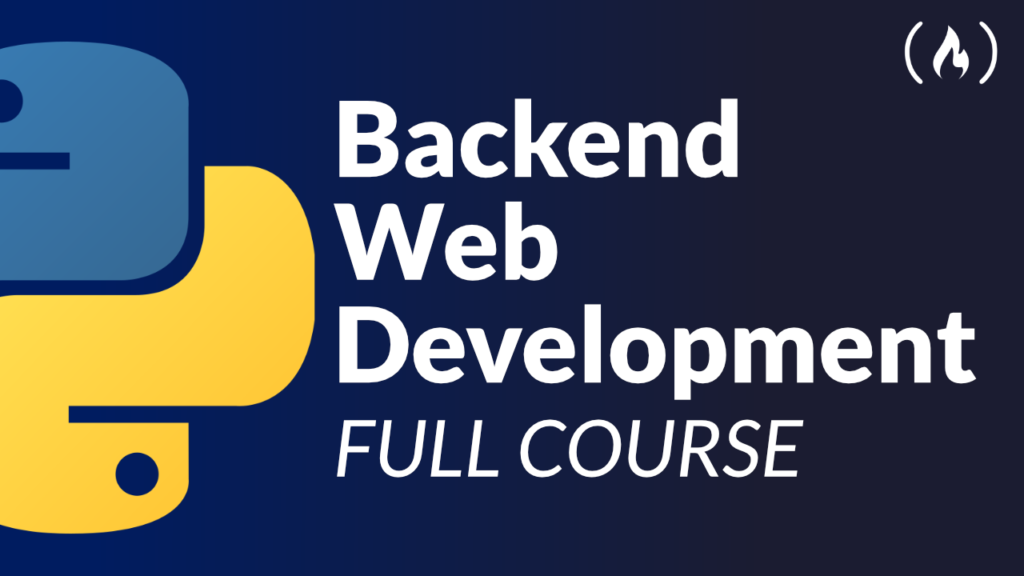How to Create Front End Development Libraries via freeCodeCamp
Creating front-end development libraries involves mastering core web technologies like HTML, CSS, and JavaScript, and then packaging your code and functionality into reusable libraries that other developers can use to streamline their own projects. While freeCodeCamp provides a range of tutorials and projects to learn front-end development, including the creation of libraries, here’s a general outline of the process:
-
Master Core Technologies:
- Ensure you have a strong understanding of HTML, CSS, and JavaScript. These are the building blocks of web development and are crucial for creating any library.
-
Identify a Need:
- Before creating a library, identify a specific need or problem that your library will address. Research existing solutions to understand the landscape.
-
Plan and Design:
- Outline the features and functionalities of your library. Create a design or architecture that will allow your library to be easily integrated into other projects.
-
Coding and Implementation:
- Write the code for your library. Follow best practices for code organization, readability, and maintainability. Implement the features you outlined in the planning stage.
-
Testing:
- Thoroughly test your library to ensure that it works as expected and is free of bugs. Create unit tests and integration tests to verify its functionality.
-
Documentation:
- Create comprehensive documentation that explains how to install, configure, and use your library. Provide clear examples and code snippets to guide other developers.
-
Packaging:
- Package your library in a way that is easy for others to install and use. This might involve creating distribution files (minified and non-minified versions), defining dependencies, and more.
-
Versioning and Publishing:
- Decide on a versioning strategy (e.g., Semantic Versioning) and publish your library to a package manager or a version control system like GitHub.
-
Examples and Demos:
- Create example projects and demos that showcase how to use your library in different scenarios. This helps other developers understand its capabilities and usage.
-
Community Engagement:
- Share your library with the developer community through forums, social media, and relevant platforms. Encourage feedback and contributions.
-
Continuous Improvement:
- Iterate on your library based on feedback and user needs. Regularly update the library with bug fixes, new features, and improvements.
-
Licensing:
- Choose an appropriate open-source license for your library. This defines how others can use, modify, and distribute your code.
-
Collaboration:
- Consider collaborating with other developers to improve your library, address issues, and add new features. Open-source projects often benefit from diverse perspectives.
freeCodeCamp offers a variety of lessons and projects that cover front-end development, and you can integrate the process of creating a library into your learning journey. As you progress through tutorials and projects, you’ll gain the skills and knowledge needed to create your own front-end development libraries and contribute to the open-source community.

